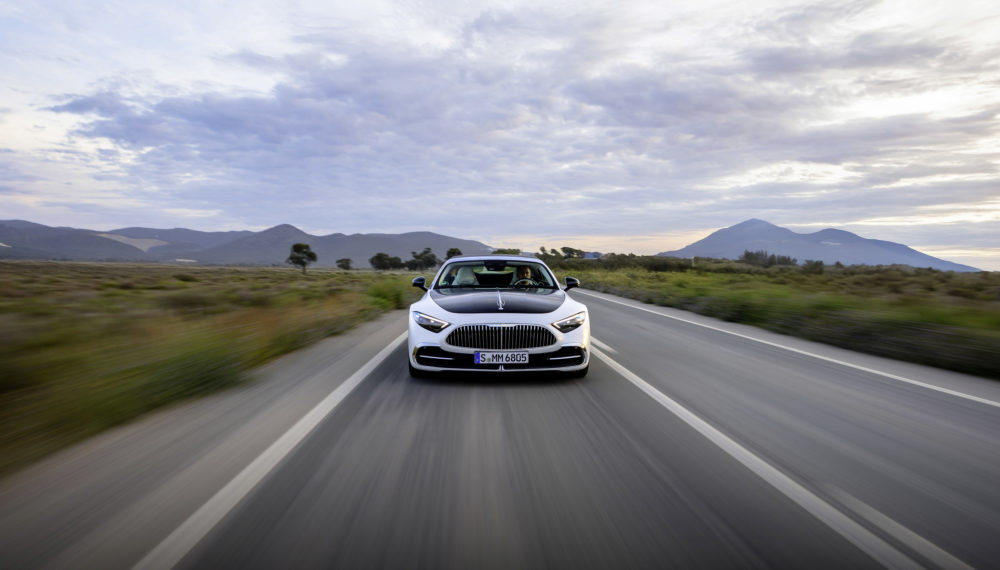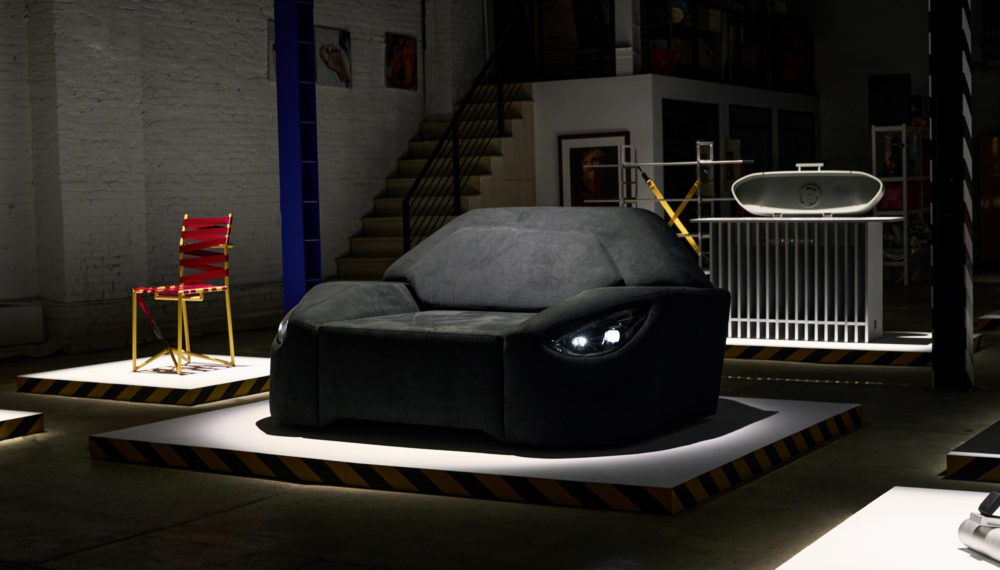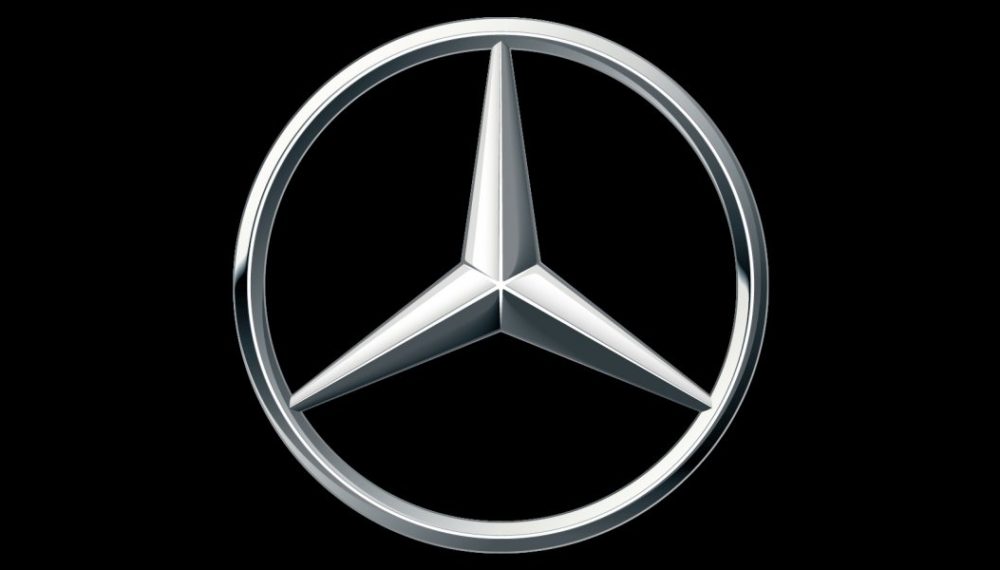For this test we wanted to determine the best-performing studless snow-and-ice tire. As with past tire tests, we deferred to experienced drivers, this time supplied by Test World, for the objective acceleration and braking on snow and ice. We also partnered with our hosts for the subjective evaluation conducted on the indoor snowcross circuit and measured in lap times. Our mule was one of Test World’s Ford Focuses fitted with 225/45R-17 rubber.
These tires rely on their construction, rubber compounds, tread design, and what occasionally feels like magic to generate grip at the contact patch. Almost all tire manufacturers make a tire in this category, which is targeted mostly at family sedans and hatches. But we limited our testing to the heavy hitters: tires from Bridgestone, Continental, Dunlop, Michelin, Nokian, and Yokohama.
Test Results |
|||||
SNOWCROSS LAP TIME, sec |
SNOW ACCELERATION, 3–18 mph, sec |
SNOW BRAKING, 18–3 mph, ft |
ICE ACCELERATION, 3–16 mph, sec |
ICE BRAKING, 16–3 mph, ft |
|
Bridgestone |
30.15 |
3.48 |
33.3 |
7.34 |
37.8 |
Continental |
29.52 |
3.46 |
34.5 |
7.28 |
38.2 |
Dunlop |
29.74 |
3.55 |
33.8 |
8.31 |
39.1 |
Michelin |
29.73 |
3.41 |
33.5 |
7.19 |
36.3 |
Nokian |
29.43 |
3.40 |
33.3 |
7.02 |
36.0 |
Yokohama |
31.17 |
3.53 |
34.7 |
8.00 |
38.9 |
|
|
|||||
|
|
|||||
Final Results |
||||||||
SNOW- CROSS LAP TIME |
SNOW ACCELER- ATION |
SNOW BRAKING |
ICE ACCELER- ATION |
ICE BRAKING |
PRICE |
SUBJEC- TIVE RATING |
GRAND TOTAL |
|
Max Pts. Available |
40 |
20 |
20 |
20 |
20 |
10 |
20 |
150 |
1. Nokian |
40 |
20 |
20 |
20 |
20 |
4 |
20 |
144 |
2. Michelin |
38 |
20 |
20 |
19 |
20 |
8 |
18 |
143 |
3. Continental |
39 |
19 |
18 |
18 |
17 |
20 |
17 |
138 |
4. Bridgestone |
36 |
18 |
20 |
18 |
17 |
7 |
14 |
130 |
5. Dunlop |
38 |
17 |
19 |
12 |
16 |
9 |
16 |
127 |
6. Yokohama |
30 |
17 |
18 |
14 |
16 |
10 |
14 |
119 |
Your Best Foot Backward
No one recommends you install just two winter tires. If you must for reasons of cost, though, the conventional wisdom is that you want the best shoes (or the least worn) in the rear no matter if you have a front-, rear-, or four-wheel-drive vehicle. To confirm or bust this bias, we mixed two sets of Michelin tires, winter and all-season [see “Seasoned Perspective,” below], and ran a few laps of the snowcross with the all-seasons in front and the winters on the back, then vice versa. Conclusion: Putting the winter tires on the front wheels was a lot more fun. Not only was the grip-in-front car easier to steer and brake, it was also 3.2 seconds quicker around the little circuit at Test World. But that lap came with a wallop of oversteer, the kind of rear-end looseness that would catch most drivers out and toss them right into the ditch. Putting the winter tires at the rear yielded stubborn understeer, which is way more predictable than the alternative. So if you’re going to mix tires, for safety’s sake put your best rubber at the rear.
Service Description Decoder
The number indicates the maximum weight each tire can safely carry:
91=1356 LB
94=1477 LB
The letter indicates the maximum speed the tire can safely travel:
R=106 mph
T=118 mph
H=130 mph
Y=186 mph
Extra-load tires are capable of carrying more weight at a higher air pressure than a similarly sized tire.
Seasoned Perspective
You may think you don’t need winter tires because your car has all-seasons. But, ironically, if you live somewhere that actually has all the seasons, you need winter tires. For perspective on this issue, we asked Michelin for a set of all-seasons, and it sent over its Pilot Sport A/S 3. If we were going to buy an all-season tire, it would be this one, because it actually has some serious dry grip in summer conditions. But as good as it is, the Pilot Sport was nearly six seconds off the Nokian’s pace on the snowcross, and it didn’t come close to any of the winter tires’ braking performances. On the snow, it took five feet more to stop than the average of the six winter tires on the following pages. Five feet may mean the difference between a fender bender and an accident-free winter. Braking distances on snow may be the best reason to fit a set of winter tires, and Inuit stoplight drag racers would do well to note the extra second of acceleration from 3 to 18 mph.

Winter Tire Test Track
Via: Car and Driver


